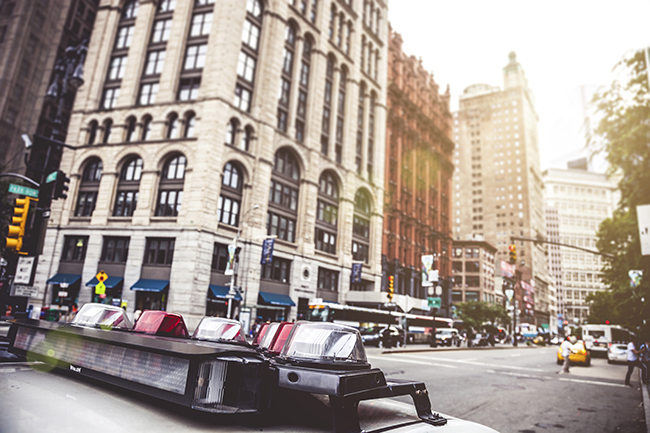Finding people of interest with license plate recognition
In a previous blog on Automatic License Plate Recognition (ALPR), we explored how license plates can now be added as access control credentials to secure parking lots. Cities can benefit in similar ways to secure parking at municipal buildings and sites. But there’s more. By positioning ALPR cameras on main roadways, the system can alert law enforcement to wanted vehicles or people of interest.
For example, ALPR cameras can be installed on bridges to track incoming and outgoing vehicles. AutoVu™ can then compare license plate reads to state-controlled criminal databases, and alert 911 dispatchers and officers to license plates that are associated to stolen vehicles, stolen license plates, wanted persons, amber alerts, and more.
This allows officers to track specific vehicles or people of interest and close cases faster. These cameras are often used in apprehensions, and provide the evidence to solidify prosecutions.
Get more out of your camera

Making investments work harder keeps everyone happy. That’s why cities are taking a closer look at the new AutoVu SharpV camera. The device provides a high-resolution context camera with 1.2-megapixel video. Cities can use the ALPR camera to track wanted vehicles and people, manage lot access, stream live video, and even collect valuable information. It provides massive versatility for cities who want to trial different applications or have shorter-term projects; and overall, a bigger bang for the buck.
Add devices without compromising on storage
An even bigger benefit to cities is tying these ALPR devices into the cloud. Already, cities are taking advantage of cloud technology to add devices without the added strain on city infrastructure, network bandwidth and budgets. Cloud-based ALPR systems offer huge cost and time savings to cities who want to add more fixed cameras along roadways and intersections.
And, why wouldn’t they? The uses for ALPR in a city are expansive. Law enforcement, mass transit, roadway services and emergency responders can all use the data and video collected from the devices to handle investigations or improve their services.
Interested in learning how? Stay tuned for an upcoming blog to find out how cities and businesses use ALPR data to make big operational improvements.